In the Super Saga Merchants of Disaster, the deadly weapon that is unleashed is an Oxygen Destroyer (OD). This is a gas that is released by a burning flare device which spits out blue and red sparks and which inhibits combustive oxidation stopping fires immediately. It also causes virtually instant hypoxia in the human beings who inhale it. The gas masks that were routinely in use by the US Army at that time could not protect against this gas. Only the immediate administration of oxygen or the ingestion of Doc Savage's oxygen tablets can save the victim. And the victim who has already ingested oxygen tablets will still succumb to the gas if they inhale it. Luckily, once the victim passed out and stopped breathing, he would revive shortly thereafter.
I have had an interest in chemical and biological warfare since the late 1960s. I did presentations on this for my ROTC classes in College and I did a paper on VX nerve agent for my toxicology class at Johns Hopkins. Later, I was the primary instructor in the chemical warfare section of the US Army School of Aviation Medicine at Ft. Rucker, AL in the early 1980s. Because of this I have had a very a great interest in this particular Super Saga. Based on recent information in the toxicological field relating to combustion by-products, I think we can identify what type of agent the Oxygen Destroyer was.
It has been known for quite sometime that halogenated hydrocarbons not only are not flammable but can chemically inhibit most oxygen combustion reactions. Certain metal and metal hydride fires are generally not inhibited by them. Some fire extinguishers in the past actually contained Carbon Tetrachloride. More recently the halogenated hydrocarbons have fallen out of favor as extinguishing agents because of their toxicity and the effect they have in breaking ozone down into diatomic O2 and inhibiting further ozone formation in the upper atmosphere. Ozone in the upper atmosphere blocks harmful ultraviolet radiation from the Sun which can cause skin cancer in humans and do severe damage to other living things.
Certain of these chemical are highly toxic to humans and can have a similar effect to that of the Oxygen Destroyer but only in high concentrations. But there is a halogenated by product of combustion that has never been isolated but which seem to act as quickly as the OD and in a very similar way.
Many modern plastics contain the halogen elements Chlorine, Fluoride, Bromine, and Iodine. When these plastics are heated in a fire, they can release significant amounts of Hydrochloric Acid (HCl), Hydrofluoric Acid (HF), Hydrobromic Acid (HBr) and Hydroiodic Acid (HI) all of which are very toxic to tissues. HF in particular dissolves human tissue very rapidly and is particularly dangerous because both the Hydrogen ion and the Fluoride ion are chemically active within tissue. But these acids are also very highly active chemicals and in combination with other elements in the plastics, they can cause the formation of very complex and highly toxic halogenated hydrocarbons that last only briefly -- seconds to fractions of a second -- but which are so chemically active that one breath of them can kill a man almost instantly. The chemical effect seems to be the immediate and total cessation of all oxidation at the cellular level. Death occurs so quickly that the victims have no other marks on them and the deaths cannot be explained except through rapid poisoning. No known chemical agent can do this.
The effect has been reproduced in experimental animals breathing the fumes from high temperature combustion of halogenated plastics, but the agent or agents have never been isolated. They degrade too quickly. This halogenated agent is considered by some toxicologists to be the fastest poison known.
The OD from the Super Saga is indeed the by-product of a kind of combustion flare. It is persistent in the air for several seconds to minutes and is rapidly fatal if inhaled. It blocks oxidation reactions in the body but if oxygen is provided rapidly enough, the victims can be revived. I submit that the OD agent was some form of Halogenated Supertoxin.
The question arises why the military gas masks did not protect against the OD agent. Simply put, the filter used in World War I style gas masks were most effective against vapors (i.e., aerosolized droplets of liquid such as nitrogen mustard and other blister agents) and gases that were water soluble like chlorine and phosgene. Such masks were practically worthless against lipophilic agents like the organophosphates. As such, they would also not have protected against halogenated hydrocarbons. Modern military gas masks use activated charcoal filters which adsorb both hydrophilic and lipophilic molecules and would probably have protected against the OD agent.
Subscribe to:
Post Comments (Atom)








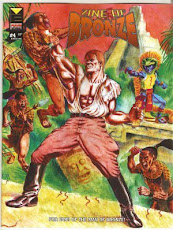
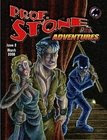



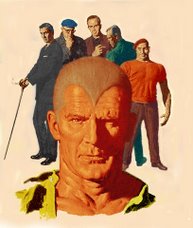
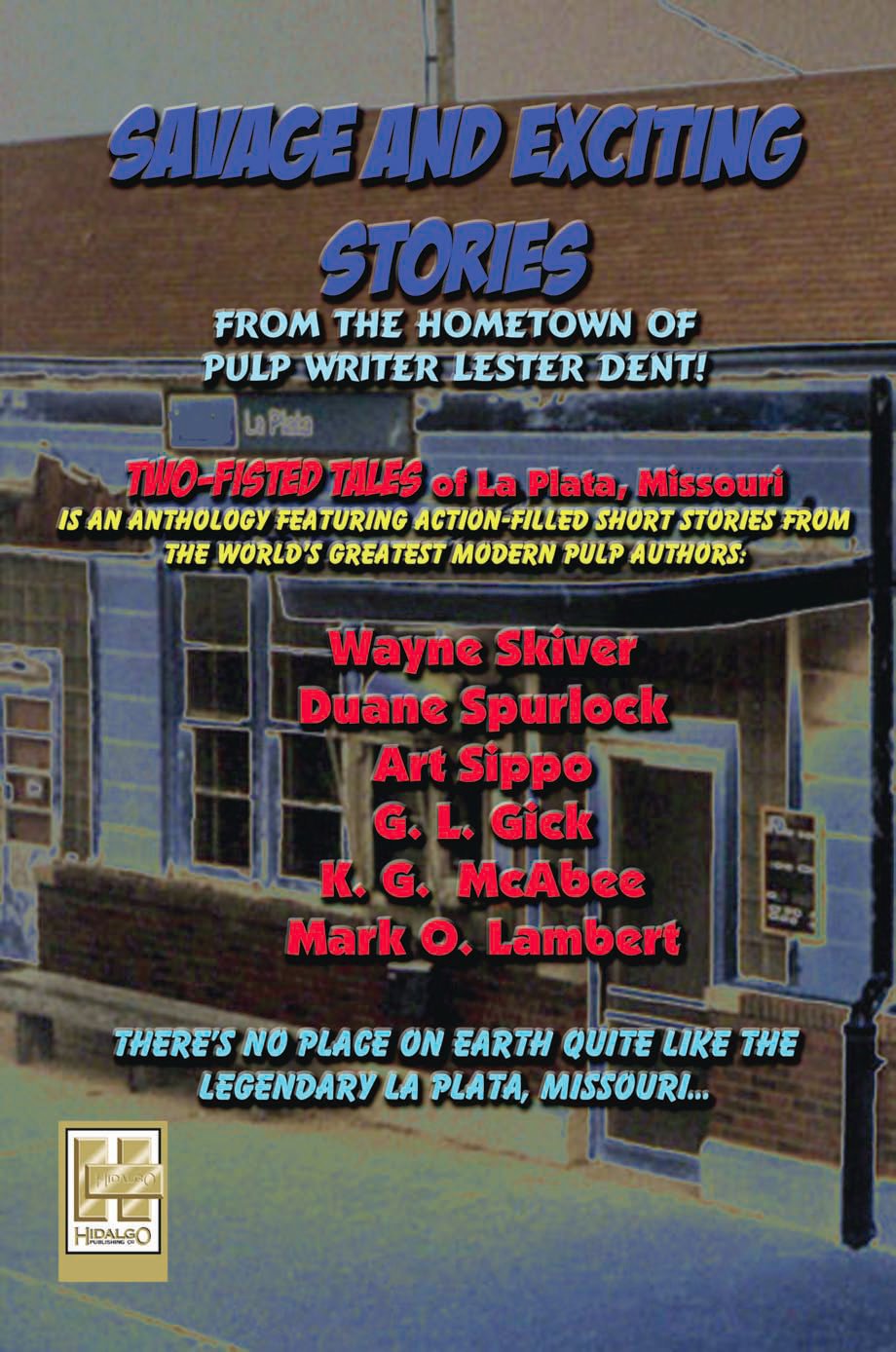
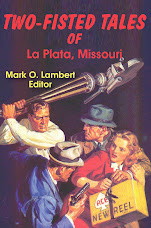



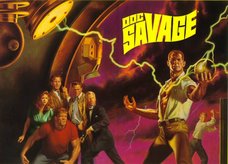





No comments:
Post a Comment